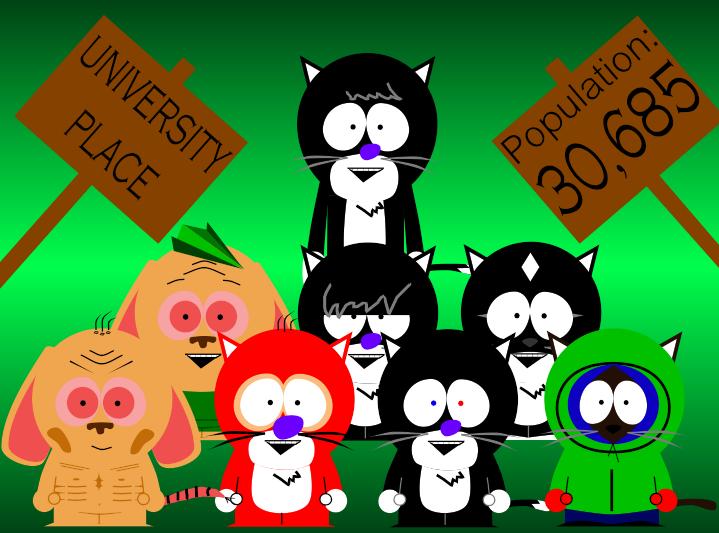 |
| Location of Pasadena in Harris County, Texas. |
Prior to European settlement the area around Galveston Bay was settled by the Karankawa and Atakapan tribes, particularly the Akokisa, who lived throughout the Gulf coast region. Spanish explorers such as the Rivas-Iriarte expedition and José Antonio de Evia charted the bay and gave it its name. The pirate Jean Lafitte established a short-lived kingdom based in Galveston in the early 19th century with bases and hide-outs around the bay and around Clear Lake. Lafitte was forced to leave in 1821 by the U.S. Navy. Following its declaration of independence from Spain the new nation of Mexico moved to colonize its northern territory of Texas by offering land grants to settlers both from within Mexico and from the nearby United States. The colony established by Stephen F. Austin and the Galveston Bay and Texas Land Company of New York rapidly began a wave of settlement around the bay.Following a coup in the Mexican government by General Antonio Lopez de Santa Anna, Texas revolted against Mexican rule in 1835. After several battles and skirmishes the final battle of the Texas Revolution took place near modern Pasadena on April 21, 1836. Santa Anna was captured at Vince's Bayou. Because this was the last conflict that led to the Mexican surrender, Pasadena and neighboring Deer Park have adopted the nickname "Birthplace of Texas".
Sam Allen started a ranch in 1843 with 350 acres (1.4 km²). This became the Allen Ranch which occupied what is now western Pasadena all the way to Harrisburg, Texas. By 1888, the ranch contained 15,000 acres (60 km²) in Harris County, 10,000 acres (40 km²) in Brazoria County, Texas with grazing lands in Galveston and Fort Bend Counties. The Galveston, Harrisburg & Houston Railroad ran through the Allen ranch. There was a problem of cattle being regularly killed on the tracks and in 1875, Allen built a 19-mile (31-km) fence along the east side of the railway right of way to keep the cattle off the tracks. The fence ran from Harrisburg to League City and had four rails and a top rail wide enough to walk on. A gate was placed in the fence at the Harrisburg-Lynchburg Road with a large sign above instructing that it should be closed at all times. The area east of this railroad fence running from Buffalo Bayou to the tracks on Sims Bayou ran all the way to Galveston Bay. It contained 100,000 acres (400 km²) of grazing land for cattle. "Proposed" towns in or near present day Pasadena were set up but short lived and either abandoned or never even got off the ground. In 1892 Colonel John H. Burnett of Galveston established an unnamed townsite on the Vince Survey just east of the Allen Ranch. Burnett was involved in both construction and promotion of railroads and knew their impact on the value of property. The land was sold in 10 acres (4.0 ha) lots. He had also established the nearby towns of Deepwater and Genoa, later to be incorporated into Pasadena and Houston.
The 1900 unnamed hurricane that destroyed Galveston heavily damaged Pasadena, as well. The city received a population boost from some Galveston refugees who relocated to the mainland following the catastrophe. Donations by the newly created Red Cross, including millions of strawberry plants to Gulf Coast farmers, helped revive the community.[16] This and the subsequent establishment of a major strawberry farm in the area by Texaco founder Joseph S. Cullinan made Pasadena a major fruit producer for many years afterward. As the community recovered major tracts of the Allen Ranch were liquidated opening up new development. Rice farmers from Japan settled in the community further diversifying its agriculture. A paper mill and other businesses began to develop. In 1901 the Texas Oil Boom began with the gusher at Spindletop. The discovery of the oil field at Goose Creek led to increasing petroleum exploration around Galveston Bay. By 1920 refinery operations had appeared in Pasadena and continued to expand thereafter. The world wars gradually brought further industrial development, with Pasadena's growth rate surpassing even neighboring Houston. By the mid-20th century Pasadena's economy had become strongly tied to petroleum and other heavy industry. NASA's Johnson Space Center (JSC) was established near Pasadena in 1963 with the residential community of Clear Lake City, partially under Pasadena's jurisdiction, established nearby. These developments helped to diversify the town's economy significantly. In 1965, Houston Post reporter Gene Goltz Received the Pulitzer Prize for his exposure of government corruption in Pasadena, Texas, which resulted in widespread reforms. The nearby Bayport Industrial District, one of the nation's largest chemical processing complexes, is vital to employment. High-tech businesses in the area related to the JSC have developed as well, and the opening of the Bayport shipping terminal is rapidly adding to the city's economic base.

